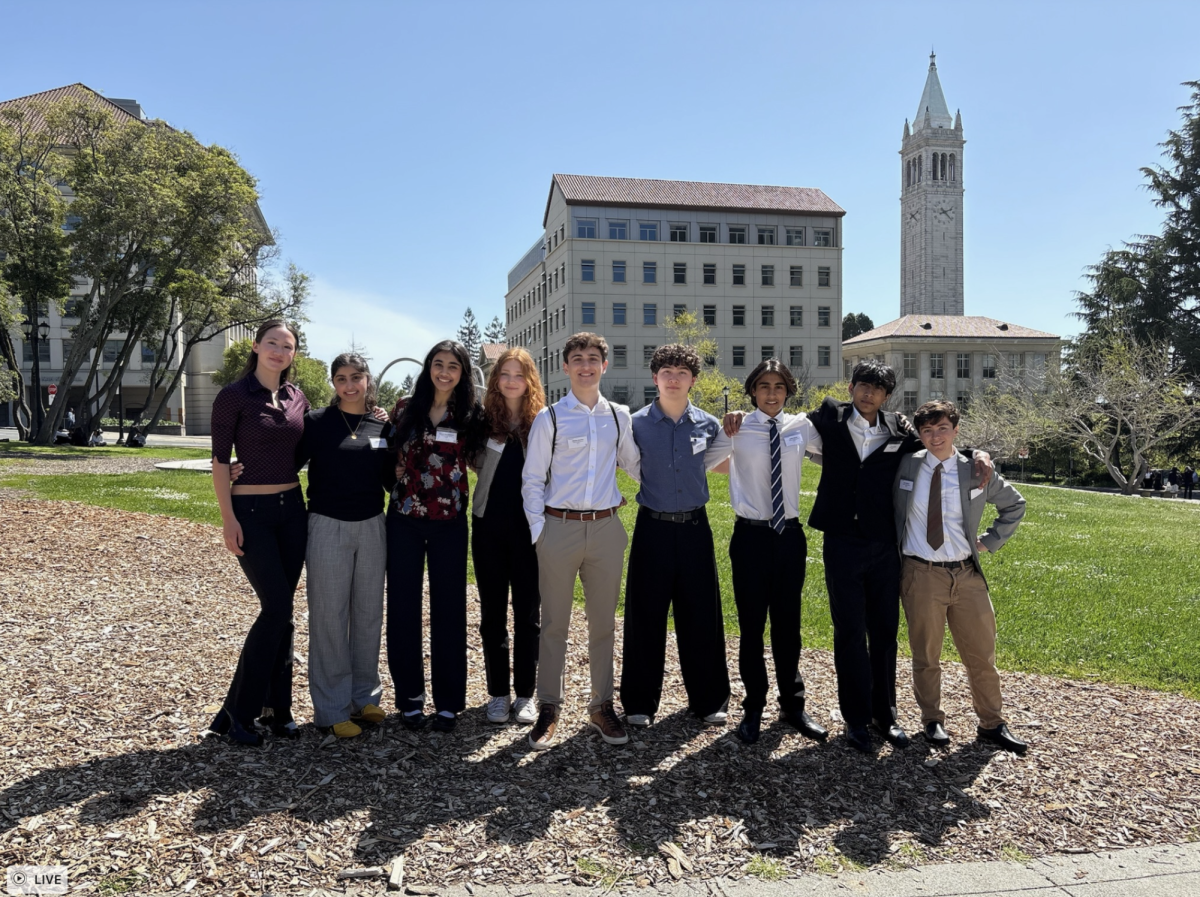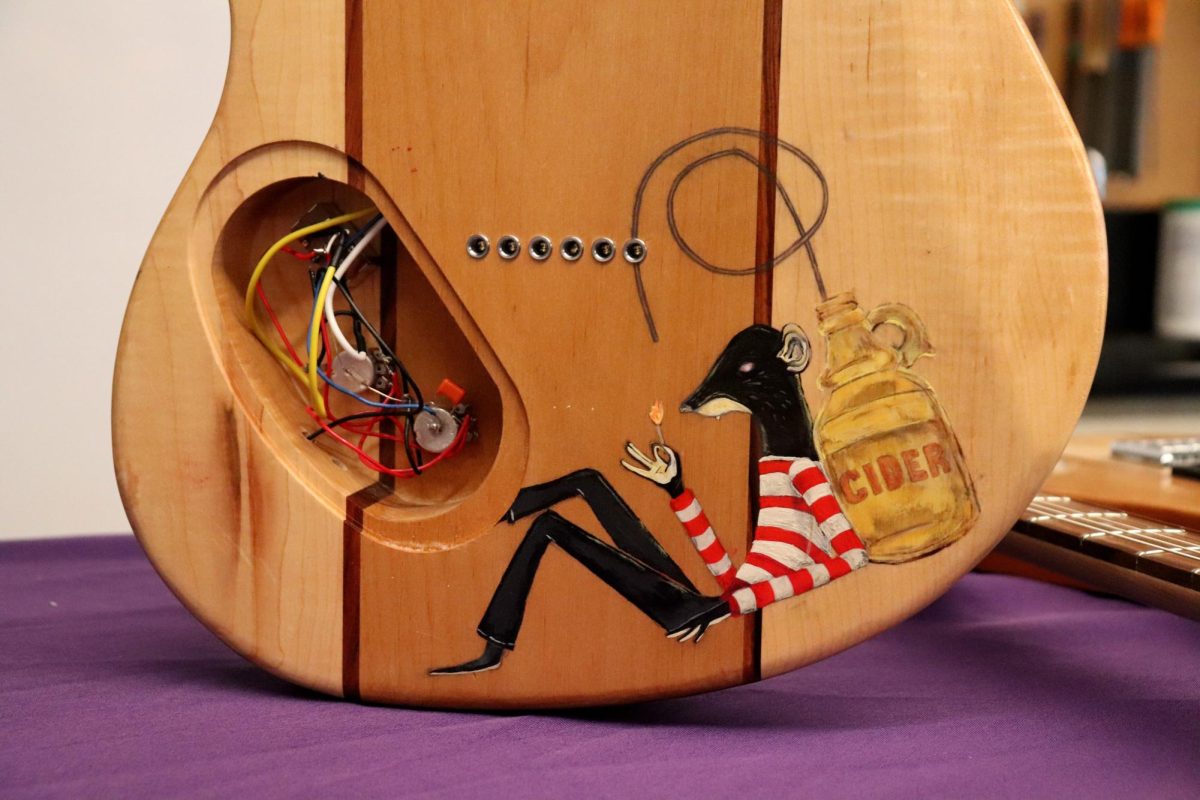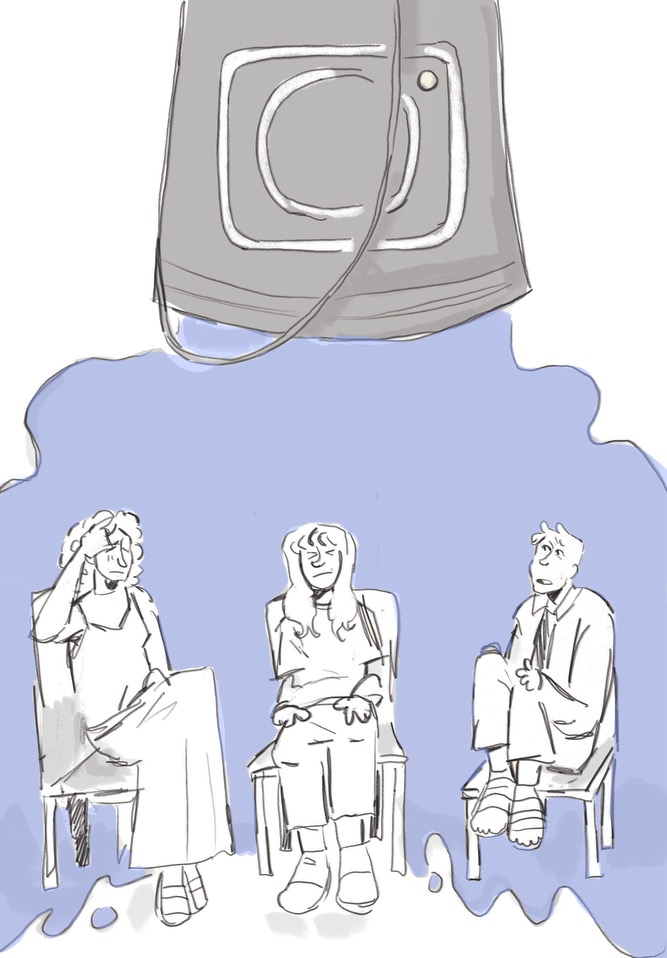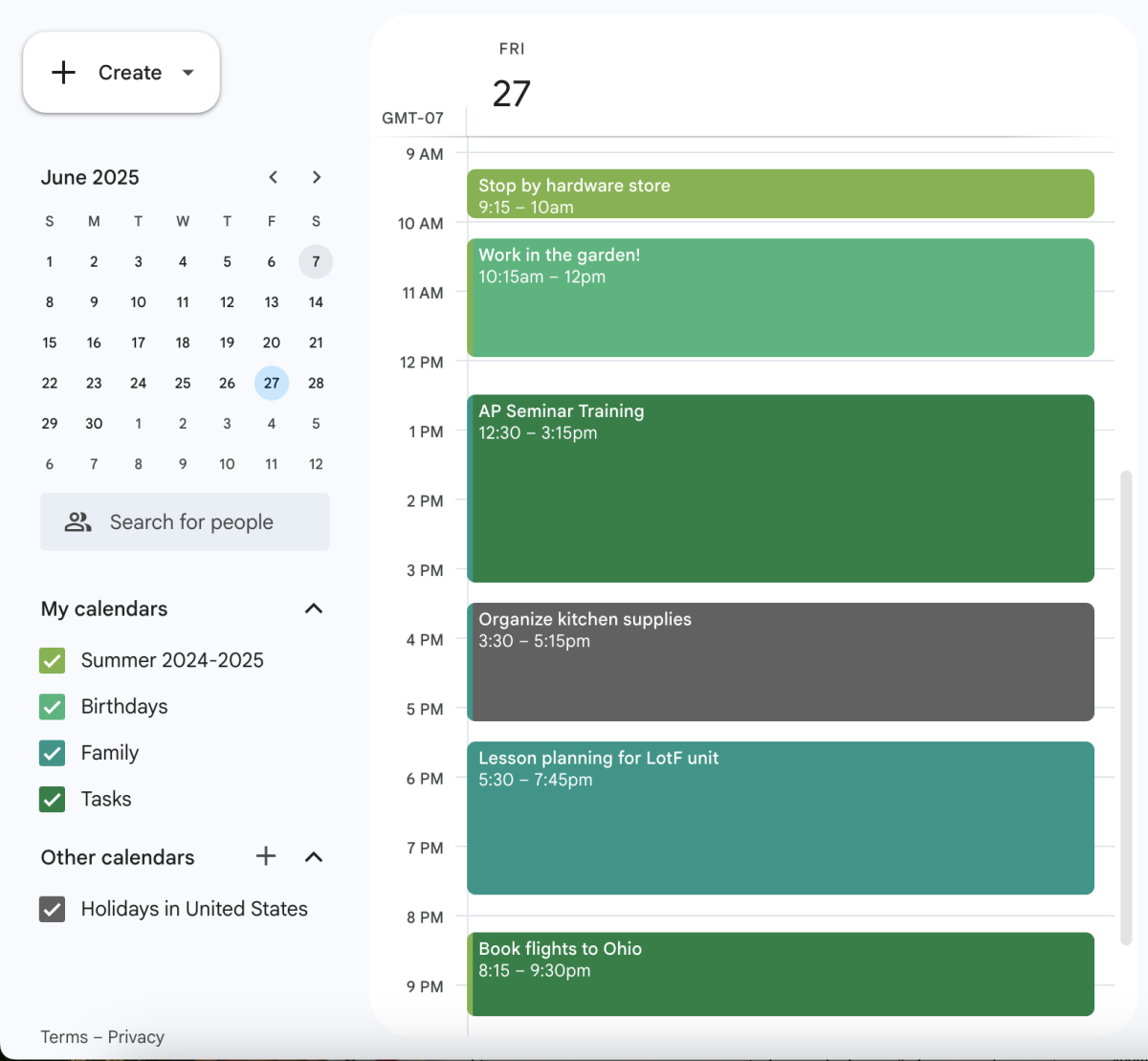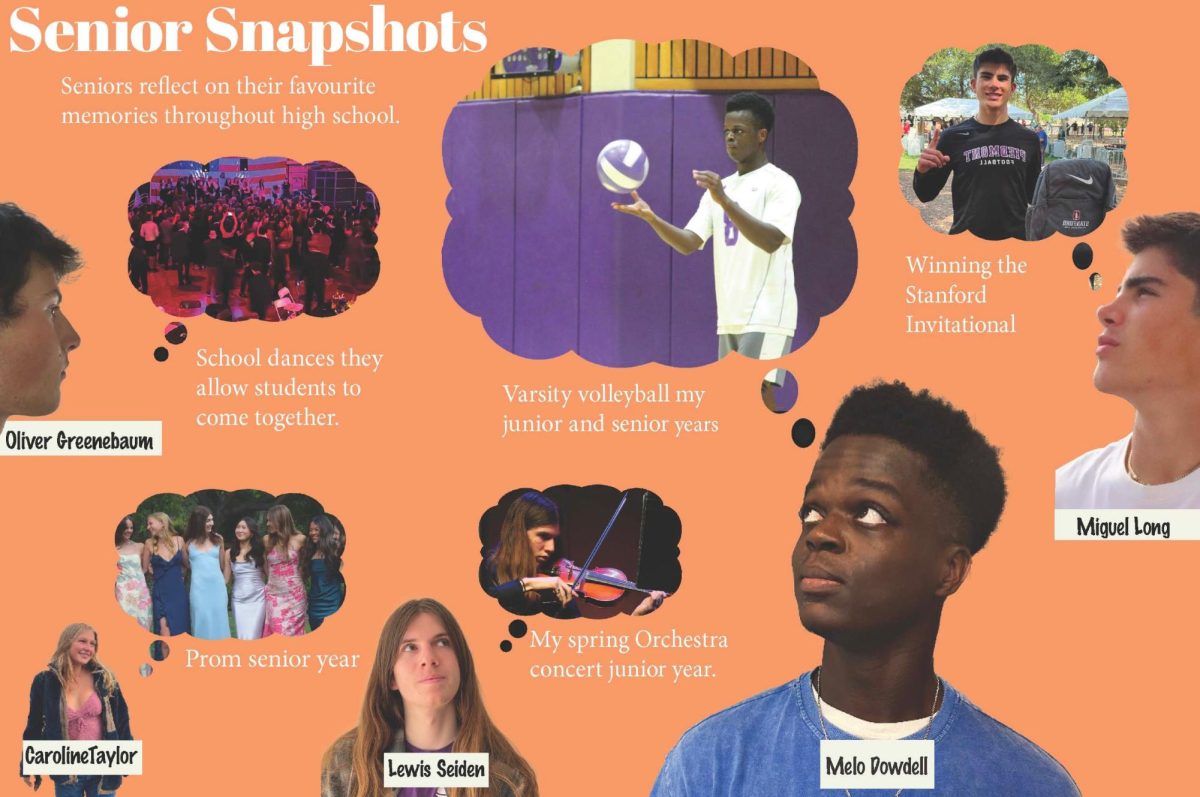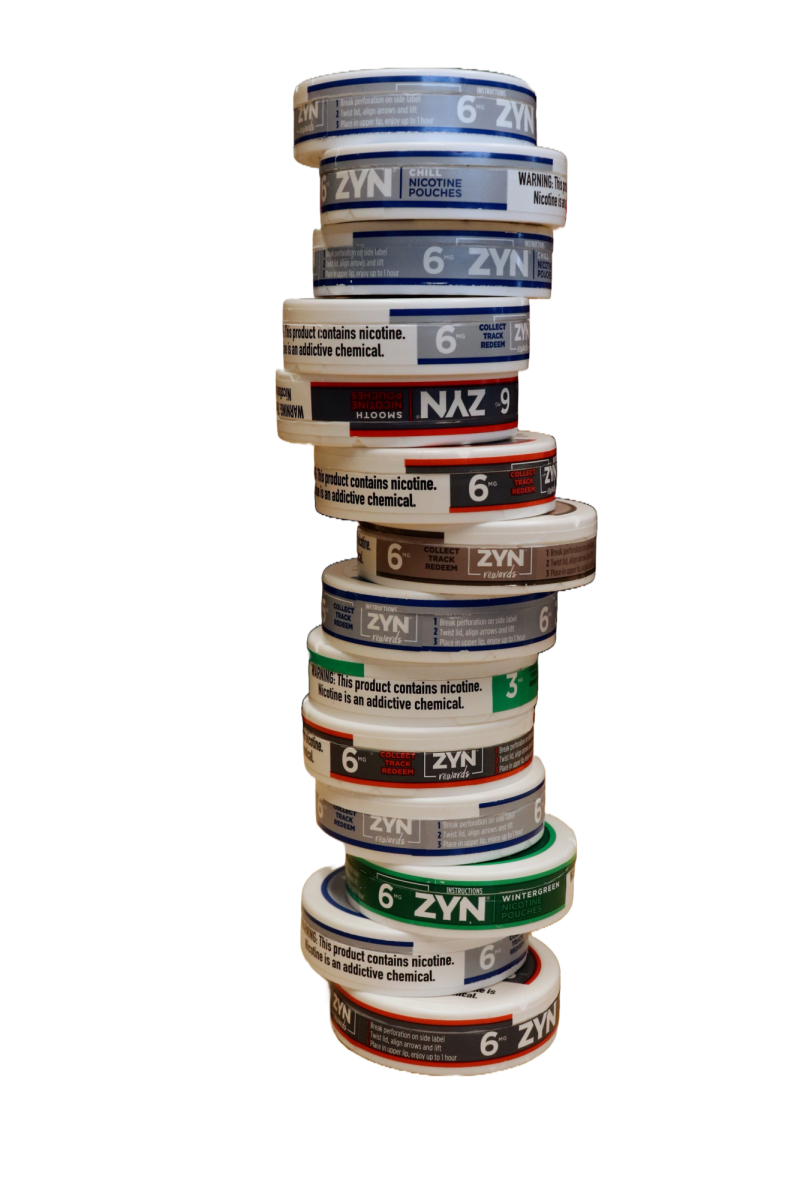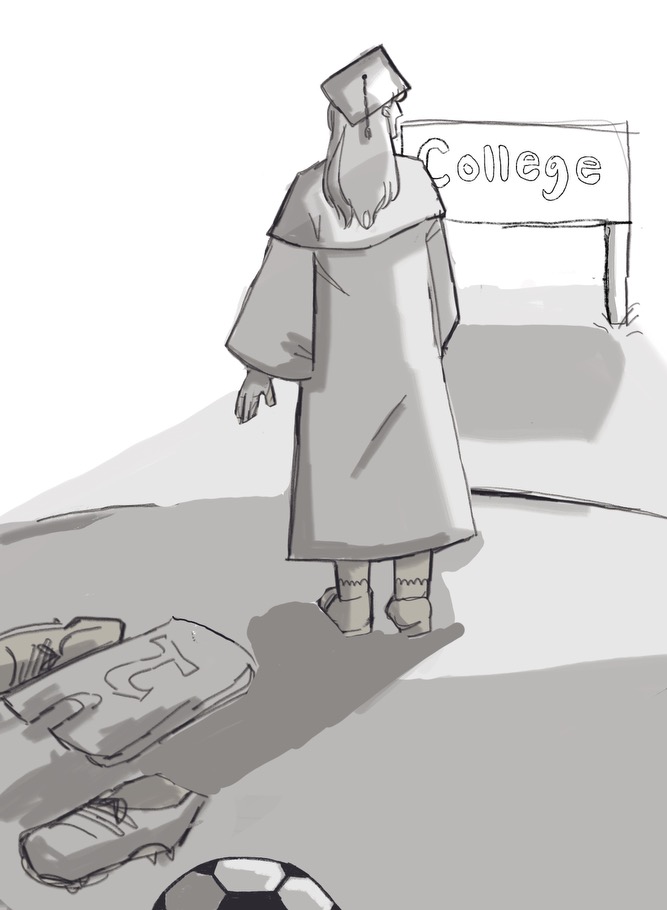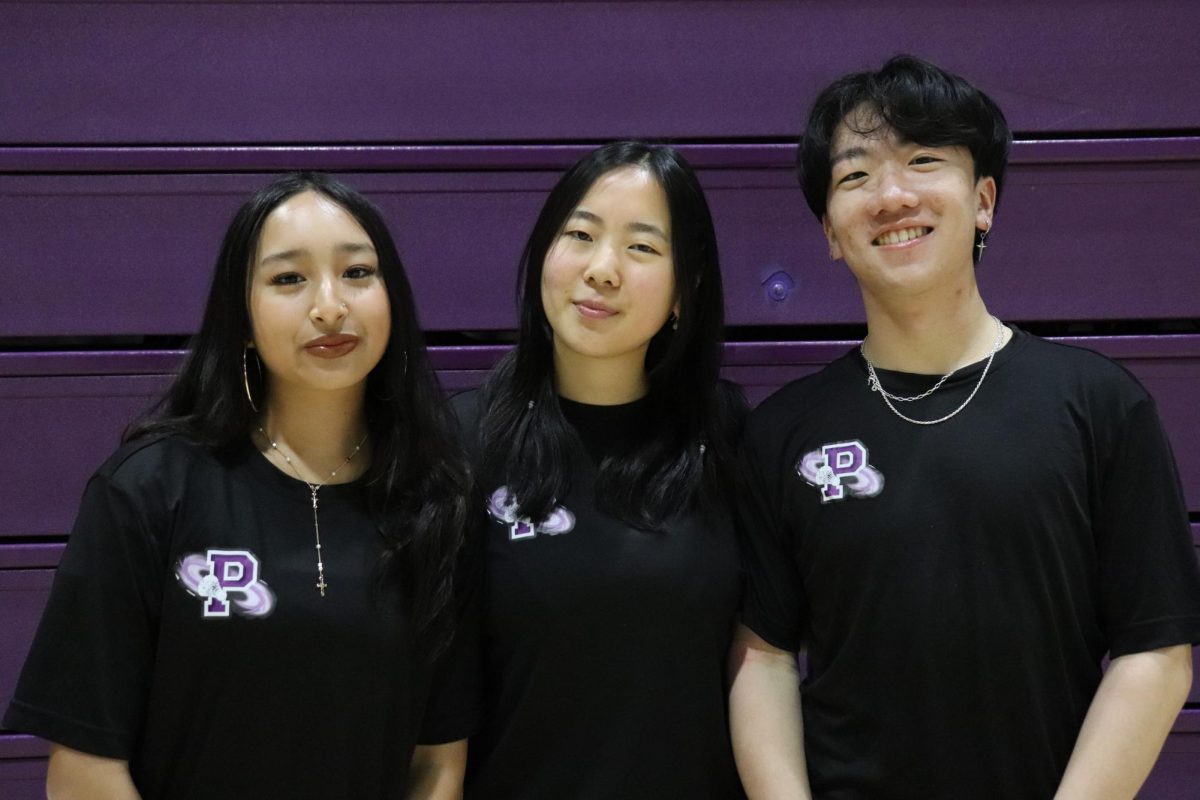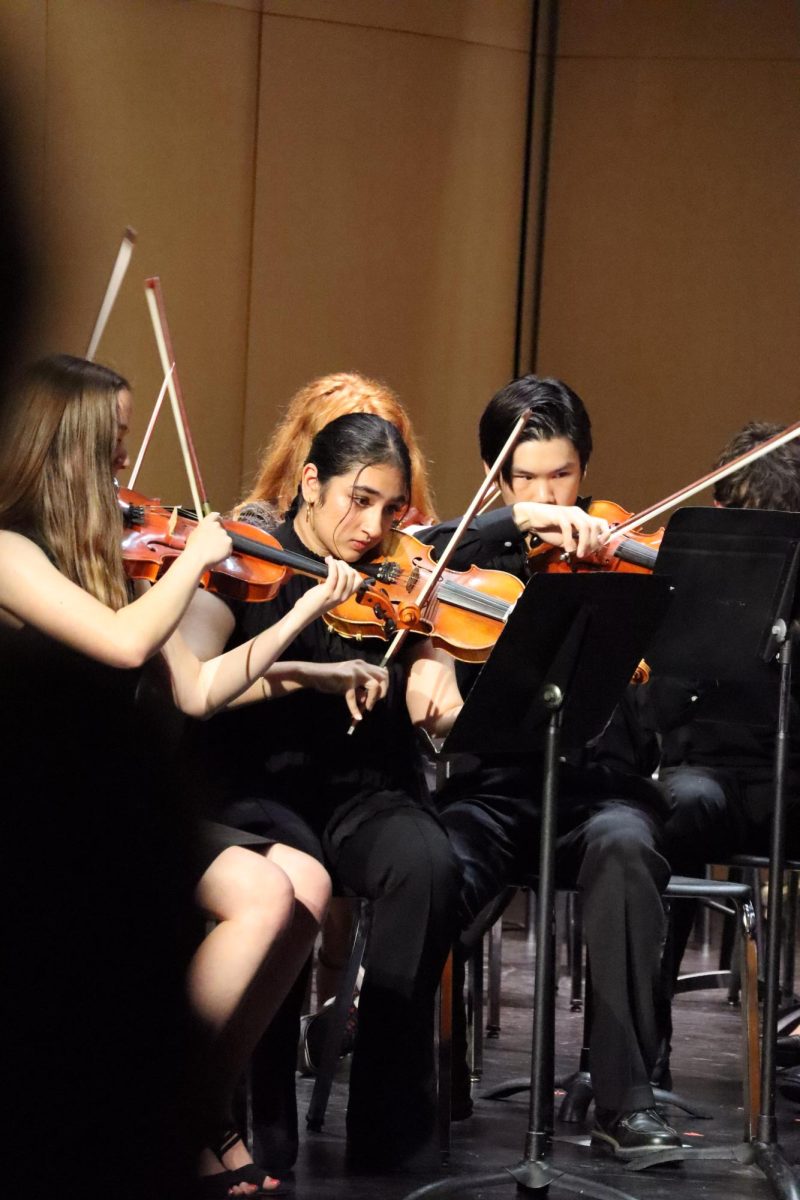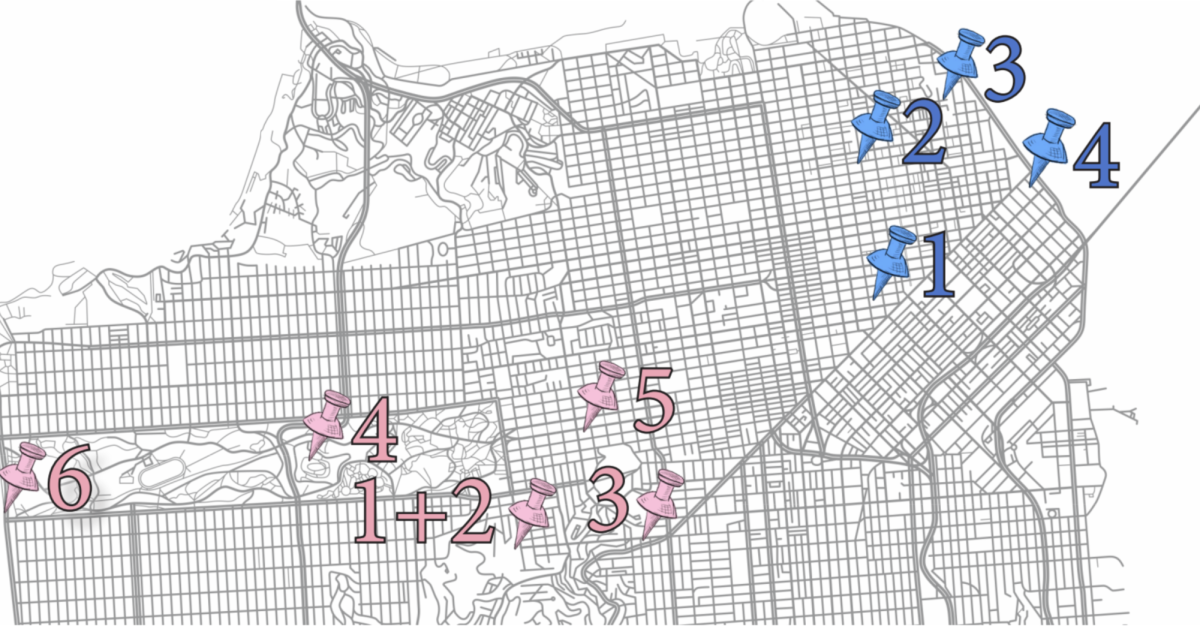Ding, ding, ding for some students. Silence for others. These are the sounds that Facebook and Instagram make, the difference between a successful post and one consigned as just more background noise.
“I like that orange box on Instagram, the little hearts and the likes; on Facebook it’s getting the little notifications, they’re just fun. It’s exciting and it’s satisfying as people like your post,” senior Maxwell Canty-Hilchey said.
Personal affirmation plays a significant role in the use of social media, said Dr. Kerk Kee, an assistant professor at Chapman University who specializes in socio-technical communications.
“The first reason people post is for themselves and friends,” Kee said. “Second, it helps elevate the status of those who post, distinguishing them from the rest. Third, social media serves to share useful or fun information, so to communicate and to entertain.”
Senior Tiger Leet sees originality as the key to differentiating himself on social media.
“I want to see my post stand out,” Leet said. “If it’s something people haven’t seen before and it’s done well, it’ll get the likes.”
Junior Daria Mohazab seeks out the dialogue that a successful post creates.
“I like seeing peoples reactions to the photos,” Mohazab said. “When I post something serious compared with a picture of a puppy, I get comments that are a lot more serious. Like when I posted a picture of me next to a topless model, there were a lot of comments at school the next day.”
Students’ need to distinguish themselves from others bears particular importance, leading to more work for the poster.
“I always try to have a funnier caption, a better quality photo,” Canty-Hilchey said. “I’m trying to use brighter colors in my photos this year. That’s how I get attention.”
The need to distinguish from the noise of other posts has created a form of competition, Kee said.
“It’s become a power differential — likes are used to gain status and boost appearance of social relation,” Kee said.
Detractors could call this dynamic an opening for potential bullying and abuse, but Kee views it as an extension of regular life, seen on a phone rather than in person.
“Social media is no different from life offline,” Kee said. “People try to maintain appearances, clothing and online being synonymous. I like to call it impression management, where people try to look better in public and online than they do in real life.”
Kee sees social media as a positive tool for communication, available to help people connect.
“People like to be lifted up,” Kee said. “Funny posts and mutual experiences do well, they attract an emotional interest that keeps people engaged.”
Mohazab uses both to create her posts, while injecting the unexpected to attract further interest.
“When you see pictures of people with their friends in cool places, or doing adventurous things, it’s much more interesting than just posting an easy selfie,” Mohazab said.
In particular Canty-Hilchey focuses on the humorous, using it to plan his posts.
“I look at what other people are doing and how people are responding to that,” Canty-Hilchey said. “I try to do a similar thing, but put my own spin on it to make it unique.”
The focus on appearing special or different plays a significant role in the success of a post.
“Online is only a portion of life, we naturally try to attract attention and put our best efforts in appearance,” Kee said. “We live in an individualistic culture, the difference is that online we can easily quantify our connections and our efforts. Before social media we couldn’t truly articulate or quantify popularity; attention is now measurable, and social media escalates our ability to share.”
Mohazab agrees with Kee that growing ubiquity of social media has changed how she posts.
“I’ve learned not to share things that people aren’t going to be interested in,” Mohazab said. “I’m not going to just post a blurry photo of my face.”
Canty-Hilchey has also seen Instagram evolve as a platform since its release in his freshman year.
“When I first got on Instagram, I was following about twenty people, now it’s hundreds of people who follow me and I follow back,” Canty-Hilchey said. “Posting a photo on Instagram wasn’t exciting, it was more to save your photos than getting likes out of them. That’s the biggest change, people showing your best side as opposed to showing everything. Now, if you post too much, you can become lost in the noise.”
The noise is exactly what a successful post avoids, the goal being to attract attention and affirmation.
“We participate in positive activities to look better, we then create a social environment to help others make us look good — online and offline, impression management is the same,” Kee said. “It’s a reflection of our offline lives and actions. In normal life we can’t express our approval or interest as easily. But online we can share more readily and it’s immediately trackable with feedback.”
If feedback is the goal, then not every post is successful.
“Everyone has unsuccessful moments on Facebook and Instagram, you just hike yourself back up and brush yourself off,” Canty-Hilchey said.
Likewise, the ease of communication on digital media does not necessarily change social structures.
“When I get comments from people, they’re mostly my close friends,” Mohazab said “Sometimes freshman comment, or someone I barely talk with, and its like ‘I don’t know you,’ so I’m not going to have anything to say back.”
For advice, both Canty-Hilchey and Kee were able to agree.
“It has to be funny,” Kee said. “Funny tends to attract a lot of attention. Content that makes people feel, people like to be lifted up. Also surprise, the unexpected gets people’s attention.”
Mohazab finds that all parts of a post require careful attention to detail.
“Captions make all the difference, but just a higher-quality photo can get more likes,” Mohazab said. “They see the caption and then it gets them to look at the photo closely.”
Canty-Hilchey offered a more personal take.
“I’d say be yourself and be funny, people like that,” Canty-Hilchey said. “Try to look like you’re having fun and don’t try to be depressing or too philosophical or deep in your posts, just try to do fun, happy things, people will always like that.”

